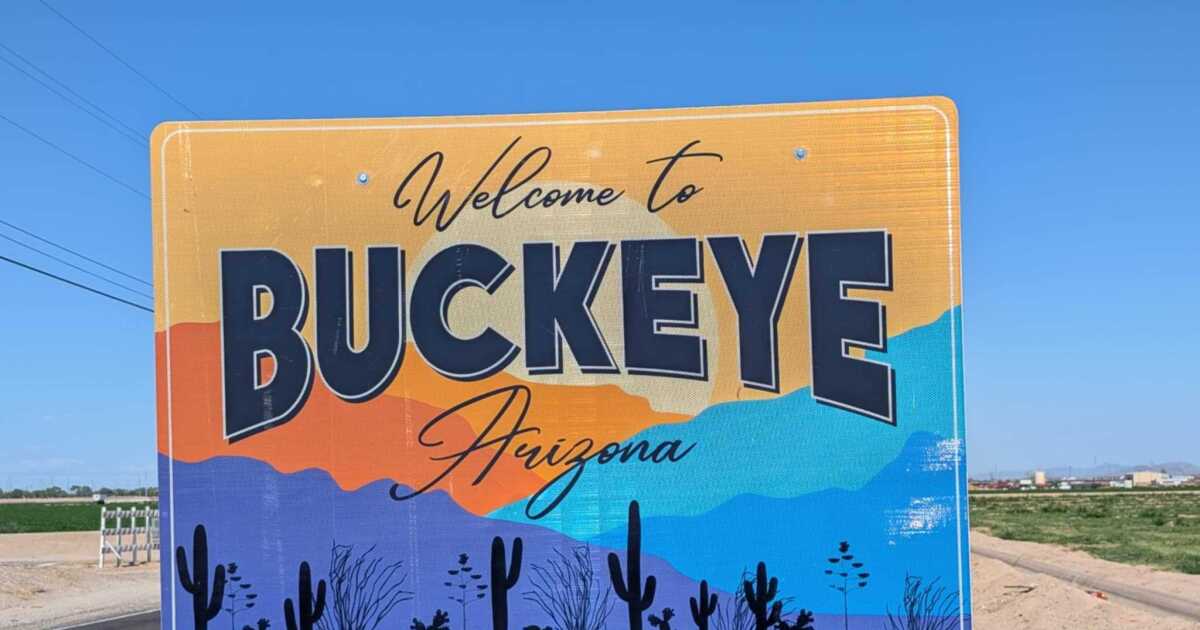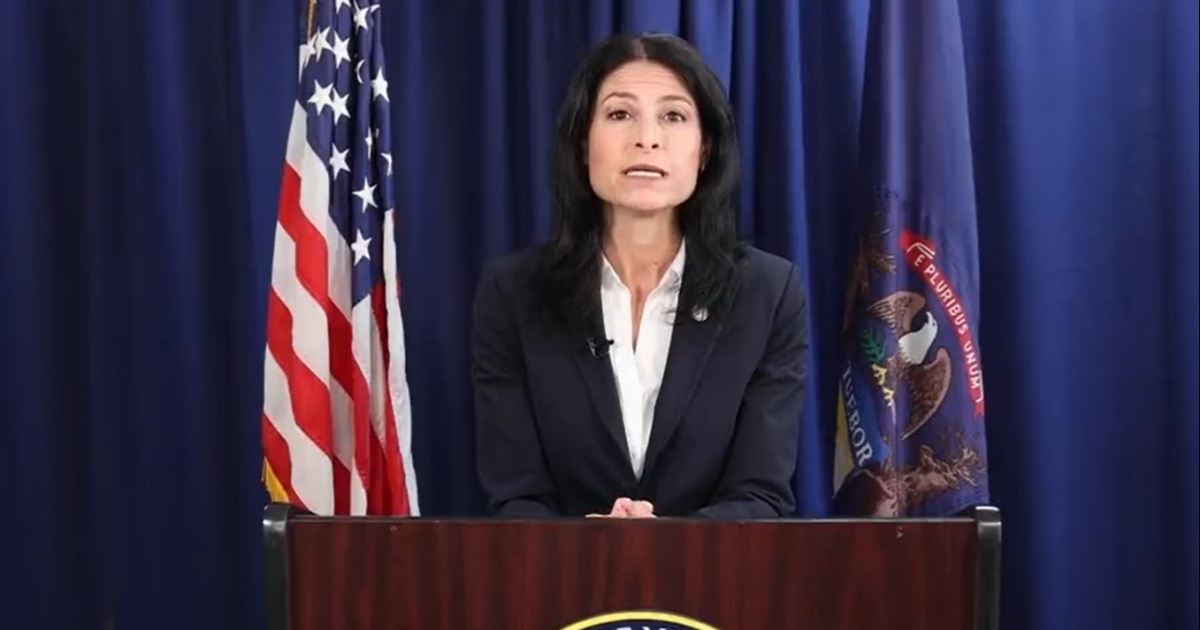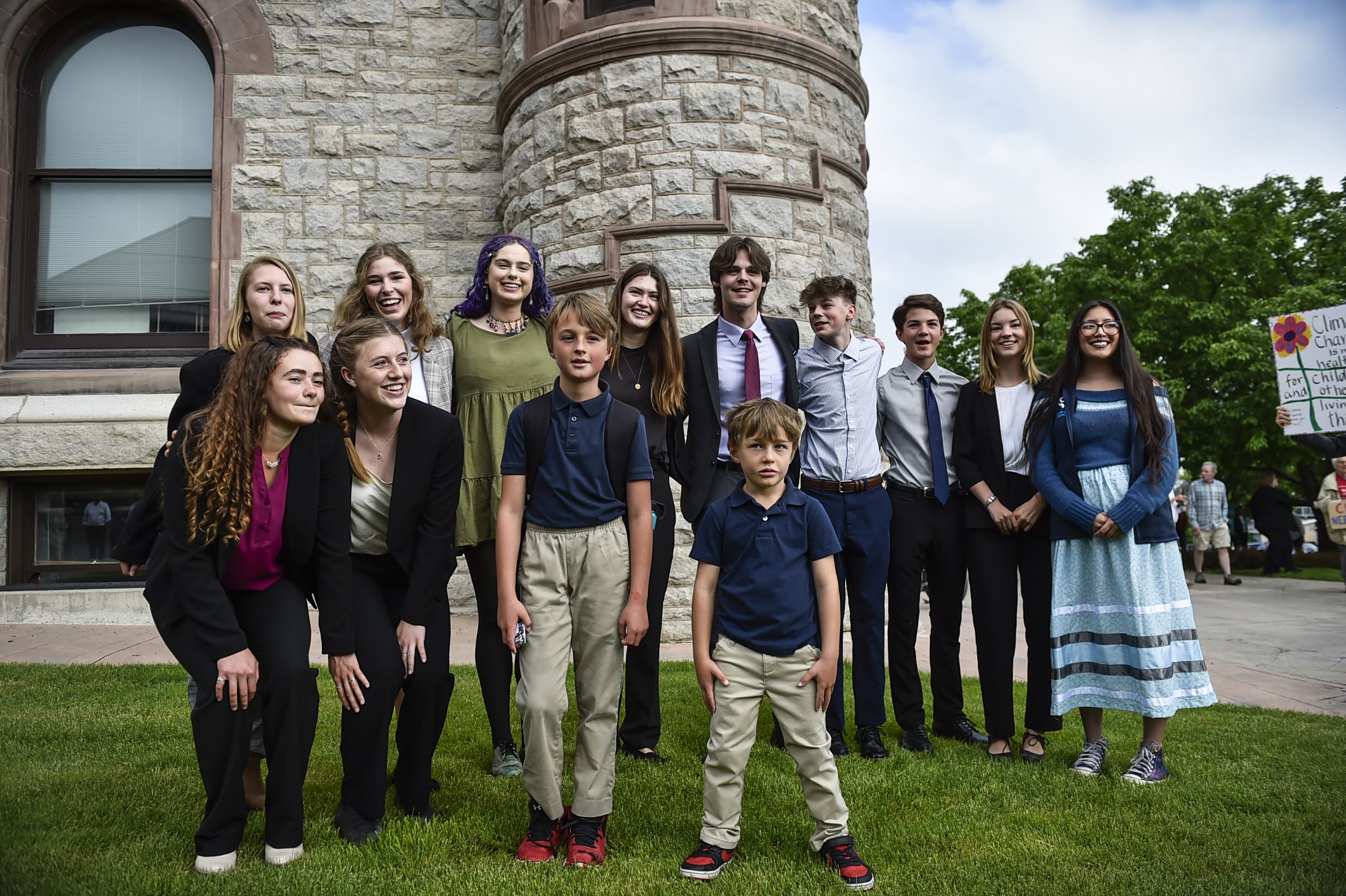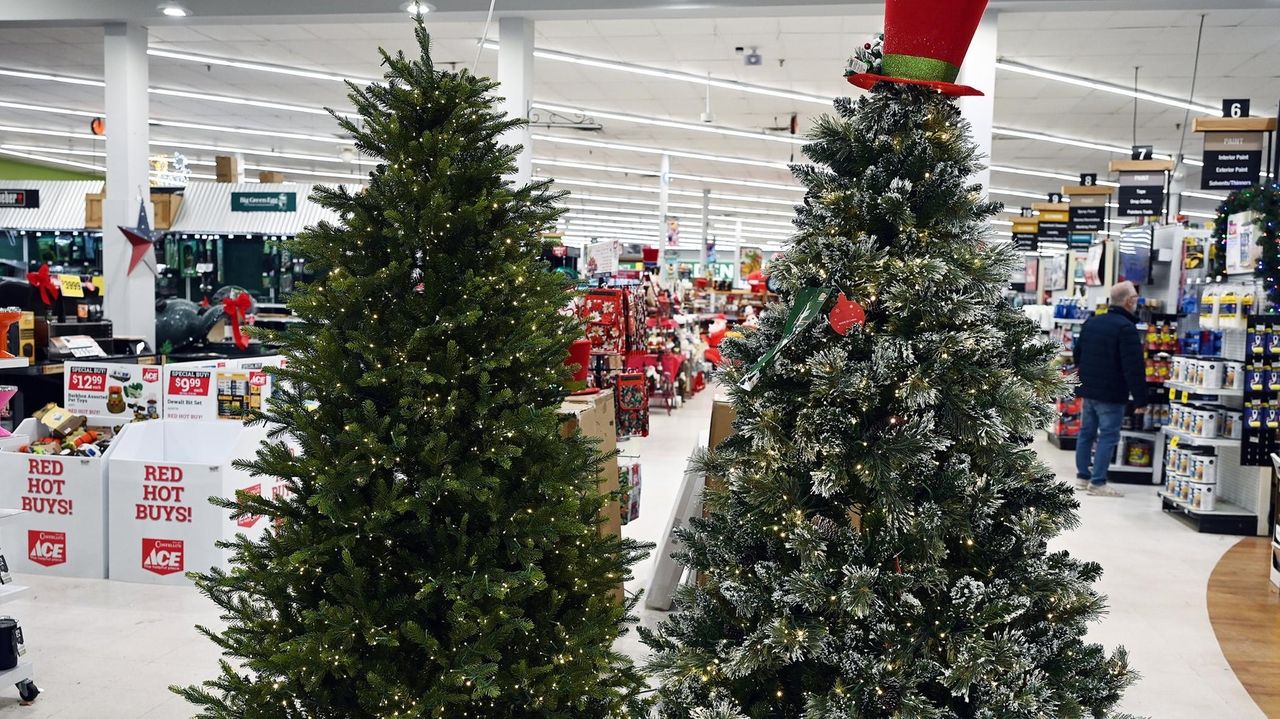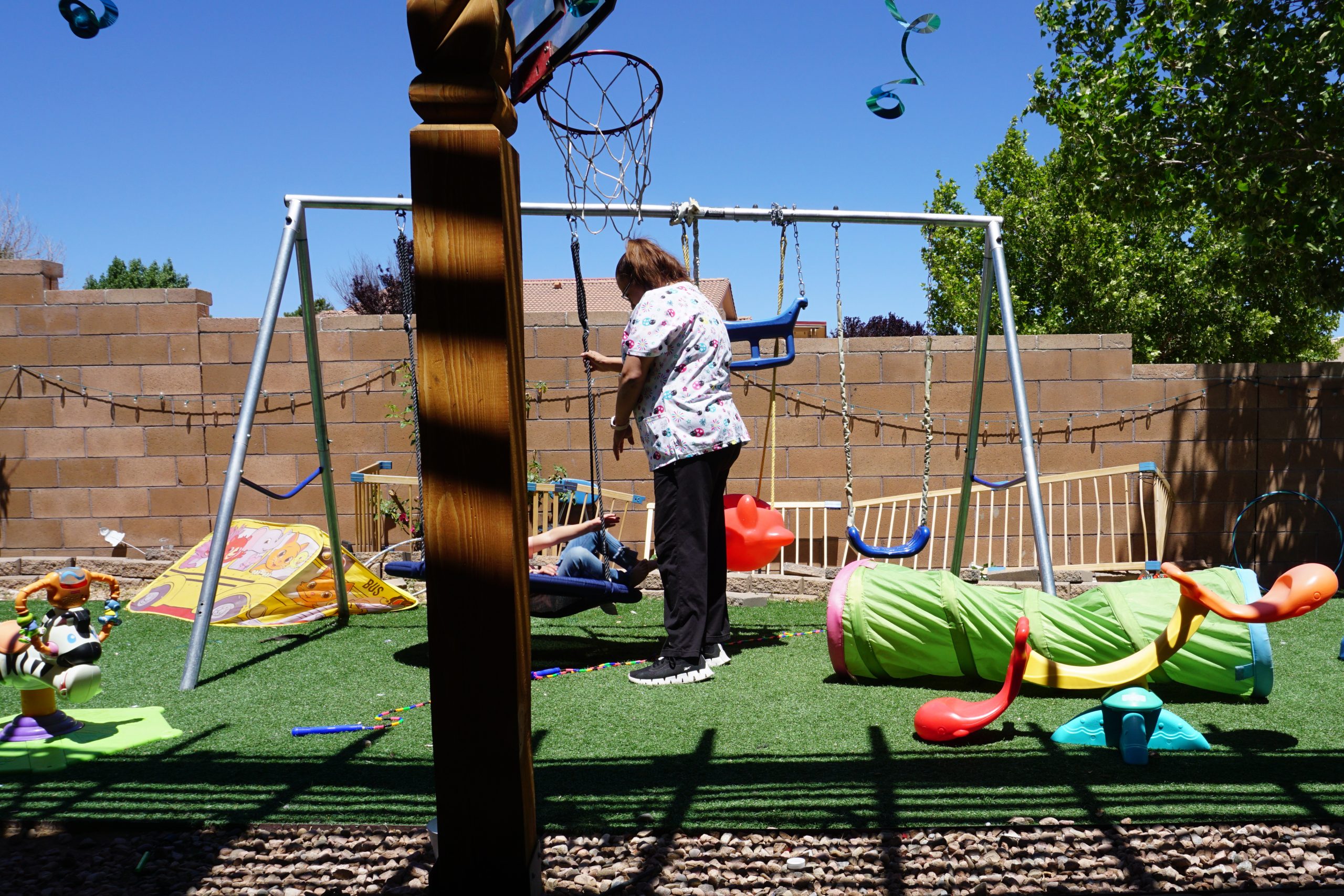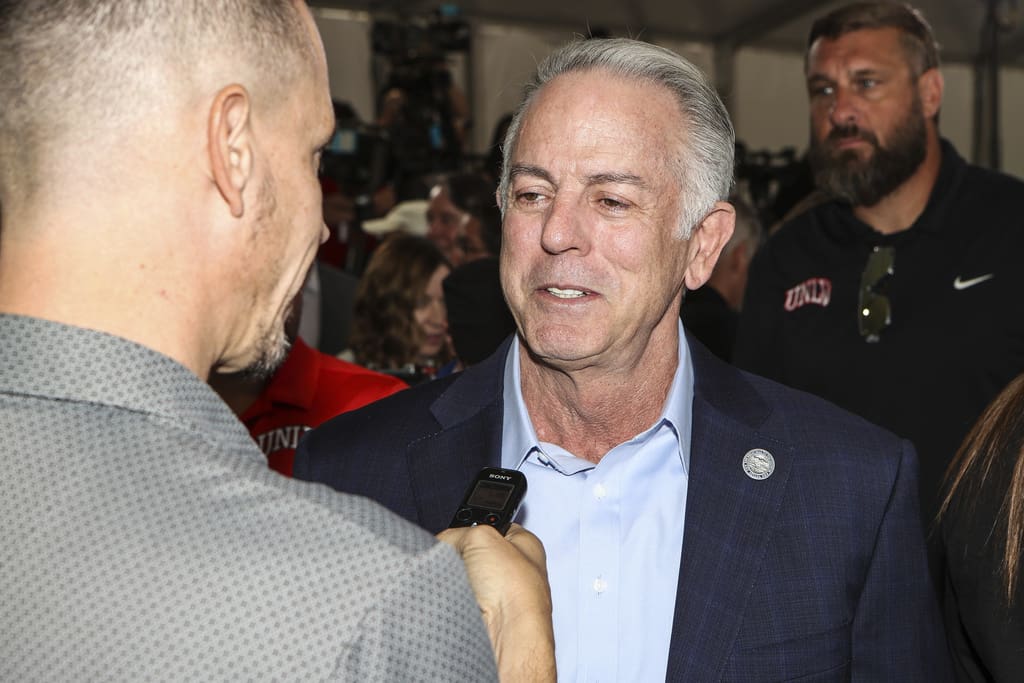The air quality in the Phoenix area has reached a critical point, with the Environmental Protection Agency (EPA) downgrading it to “serious” levels. This new classification could lead to restrictions on growth, shifts to cleaner energy, and lower-emission vehicles in an effort to address the issue.
The Maricopa Association of Governments (MAG), responsible for air quality planning in the region, concurs that the region’s ground-level ozone is at unhealthy levels. However, MAG highlights that a significant portion, 80%, of the smog in Arizona originates from external sources, including California, Mexico, and natural events like wildfires and lightning.
Arizona’s Republican congressional delegation has expressed opposition to the EPA’s downgrade. In a letter to President Donald Trump, they argued that local efforts alone wouldn’t be sufficient to meet air quality standards due to the external sources of pollution. “These additional controls … will not improve air quality. They will only serve to halt economic and industrial development in and around one of the fastest growing and important economies in the United States,” stated Rep. Andy Biggs, R-Gilbert, alongside his colleagues.
Environmental groups and health advocates, however, insist that ignoring the problem won’t lead to cleaner air. “Pointing fingers elsewhere is not going to clean up our air or make people healthier,” said Sandy Bahr, director of the Sierra Club’s Arizona chapter.
In 2024, the American Lung Association ranked Phoenix as the fifth worst city in the U.S. for ozone pollution, with 47 days of unhealthy air quality levels reported. Melissa Ramos from the American Lung Association in Arizona and Nevada confirmed, “Arizona has some of the worst air quality in the country.”
Ozone, while protective at high altitudes, becomes hazardous at ground level, contributing to smog and posing health risks like asthma. It forms through a chemical reaction involving emissions from vehicles, power plants, and various industrial sources. The EPA notes that ozone can reach unhealthy levels particularly on hot, sunny days in urban settings, but it can also affect rural areas due to wind transportation.
Senator Mark Kelly, a Democrat, has expressed his concerns about balancing air quality improvement with manufacturing jobs in the region. He is collaborating with EPA Administrator Lee Zeldin to find a suitable compromise. “We’ve got issues in Arizona because of our ozone,” Kelly stated. He added, “I’m concerned that what Rep. Biggs is suggesting will bring dirtier air to Arizona.”
Ozone levels in the Phoenix-Mesa area, including Maricopa, Gila, and Pinal counties, have been above national standards since 2012. The region’s designation was upgraded from “marginal” to “moderate” in 2023, triggering a deadline for action to reduce ozone levels, which includes emissions inventories and vehicle inspections.
The EPA approved a plan allowing Arizona fleet operators to generate emissions credits by retrofitting or replacing vehicles. These credits can be sold to businesses seeking expansion but limited by regional emission caps. Arizona offers tax incentives for zero-emission vehicle owners and mandates annual vehicle emissions tests, although state lawmakers have attempted to repeal this requirement.
A “serious” designation would necessitate further measures, such as mandatory shifts to alternative fuel for vehicle fleets. MAG suggests individual actions like carpooling, using electric lawn mowers, and conserving electricity to help improve air quality.
Phoenix implemented a climate action plan in 2021, and the city’s Public Transit Department began transitioning to lower-emission buses the following year. Despite these efforts, ozone levels in the region continue to rise.
MAG’s 2023 presentation indicates that less than 20% of regional ozone originates in Arizona, with significant contributions from neighboring states and Mexico. Wildfires also contribute to ozone spikes.
The EPA’s proposed “Good Neighbor Plan” in 2023 requires 23 states to implement measures to improve downwind air quality. According to the EPA, Arizona’s ozone pollution affects several nearby states, though California’s impact on Arizona is more significant. California’s Good Neighbor State Initiative acknowledges its role in regional nonattainment issues.
Concerns about compliance costs extend beyond political lines. “The Valley is based on a growth model, and if you don’t have growth, people suffer,” said Brian Petersen, a geology and planning professor at Northern Arizona University.
For Hazel Chandler, state field coordinator for Moms Clean Air Force, the issue is personal. With advanced breast cancer affecting her lungs, Chandler emphasizes the importance of addressing air quality. “It’s going to require some difficult decisions, but we (have) just got to make them. People’s lives are too important,” she said.
For more stories from Cronkite News, visit cronkitenews.azpbs.org.
—
Read More Arizona News


